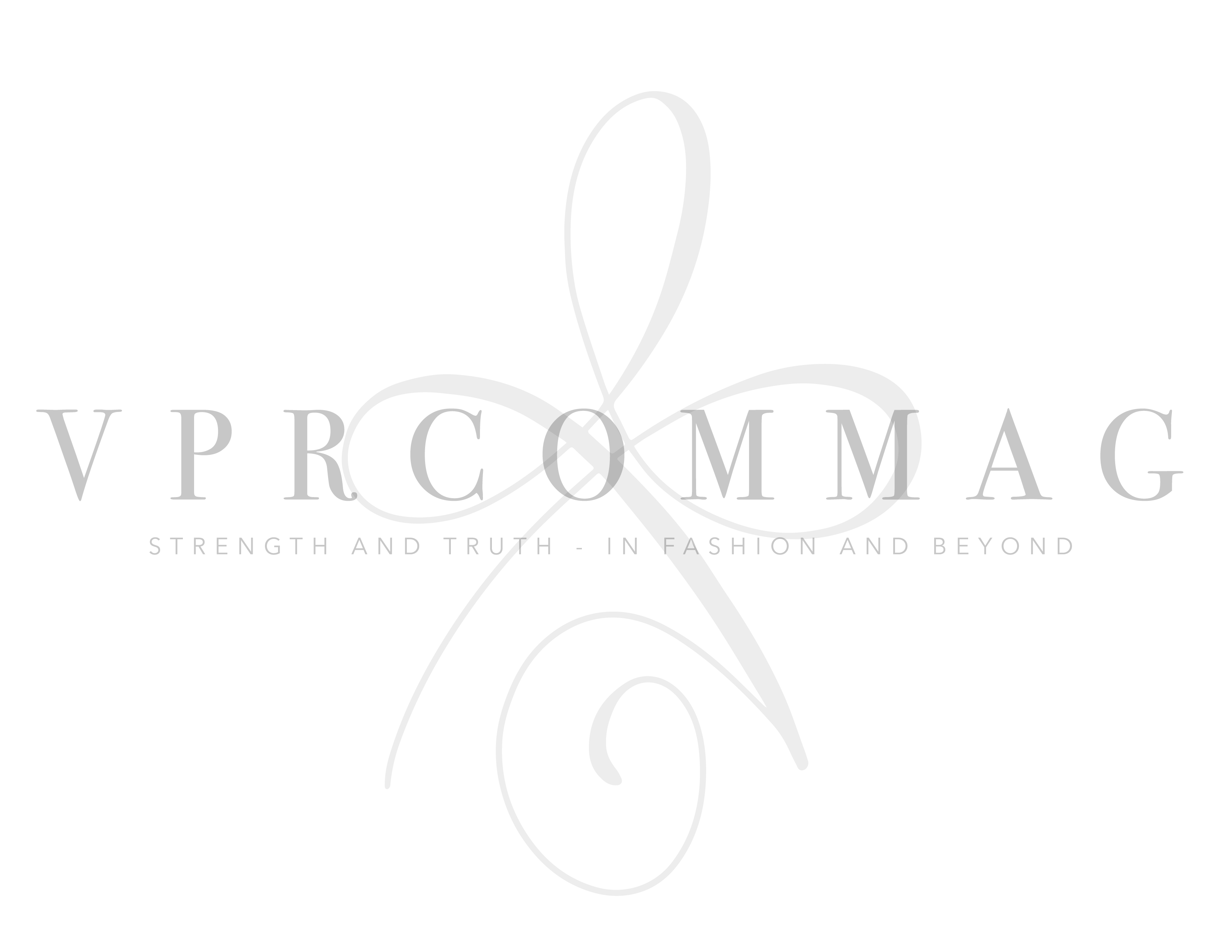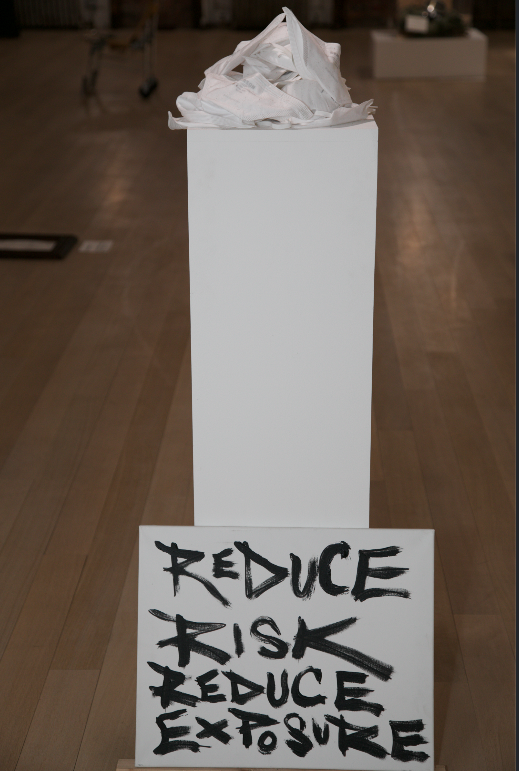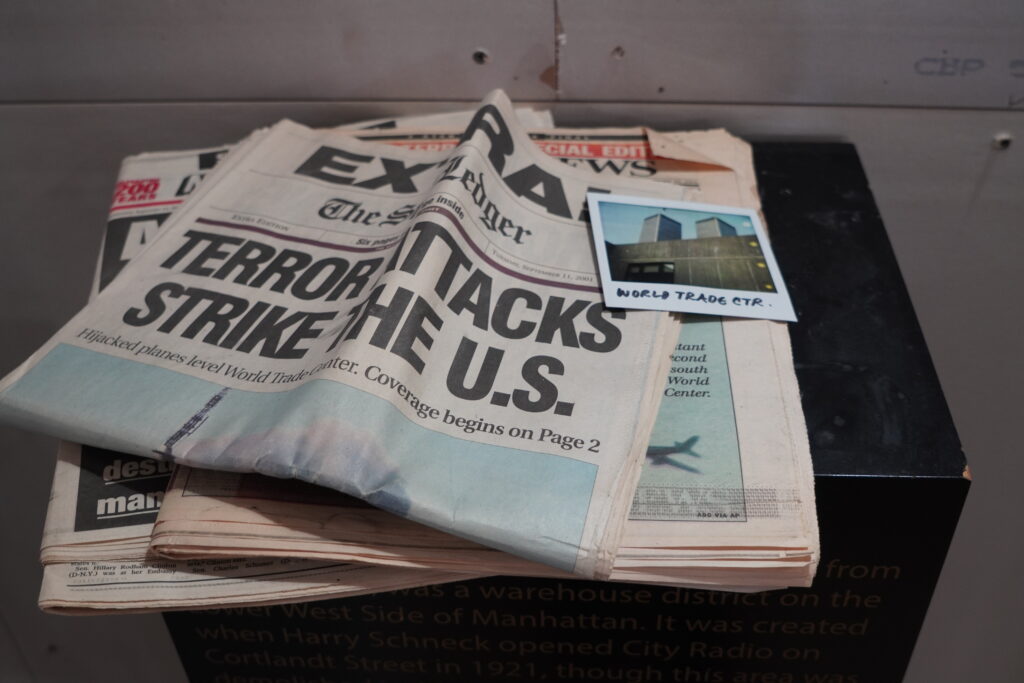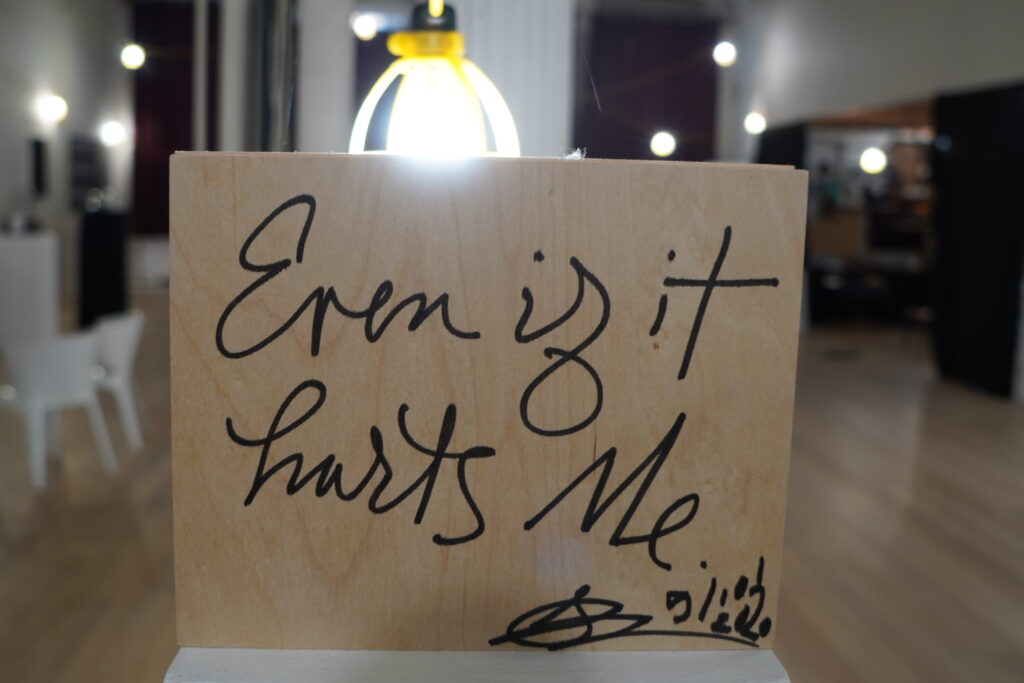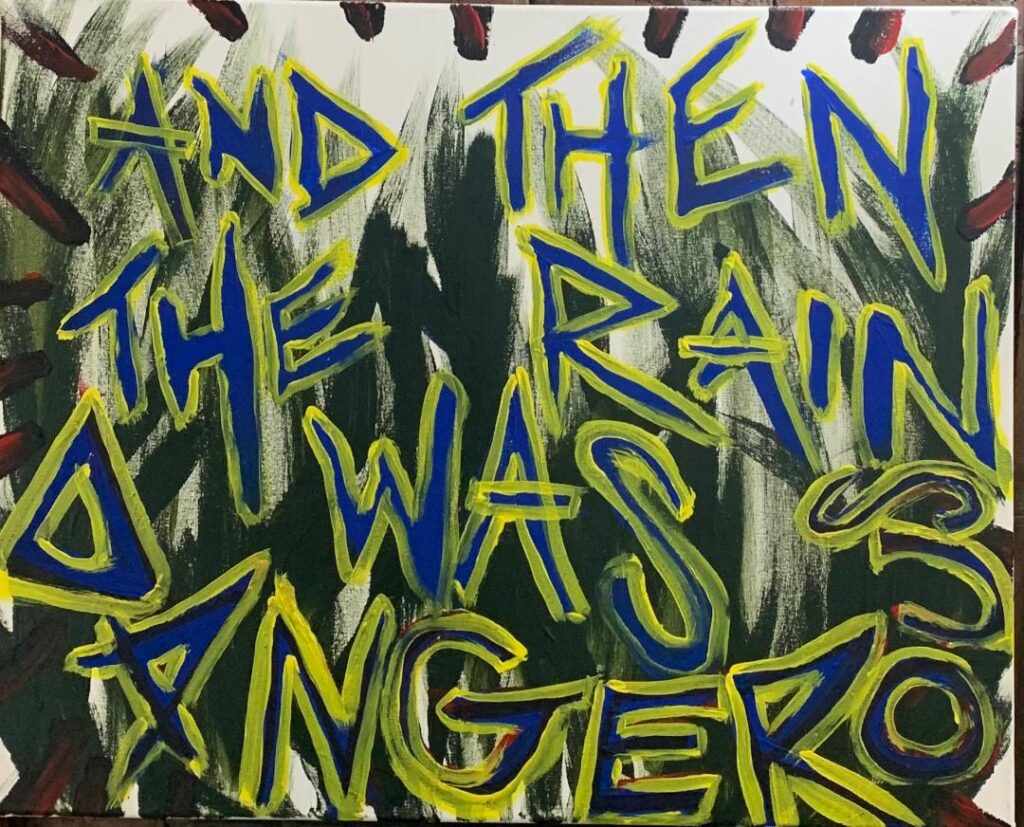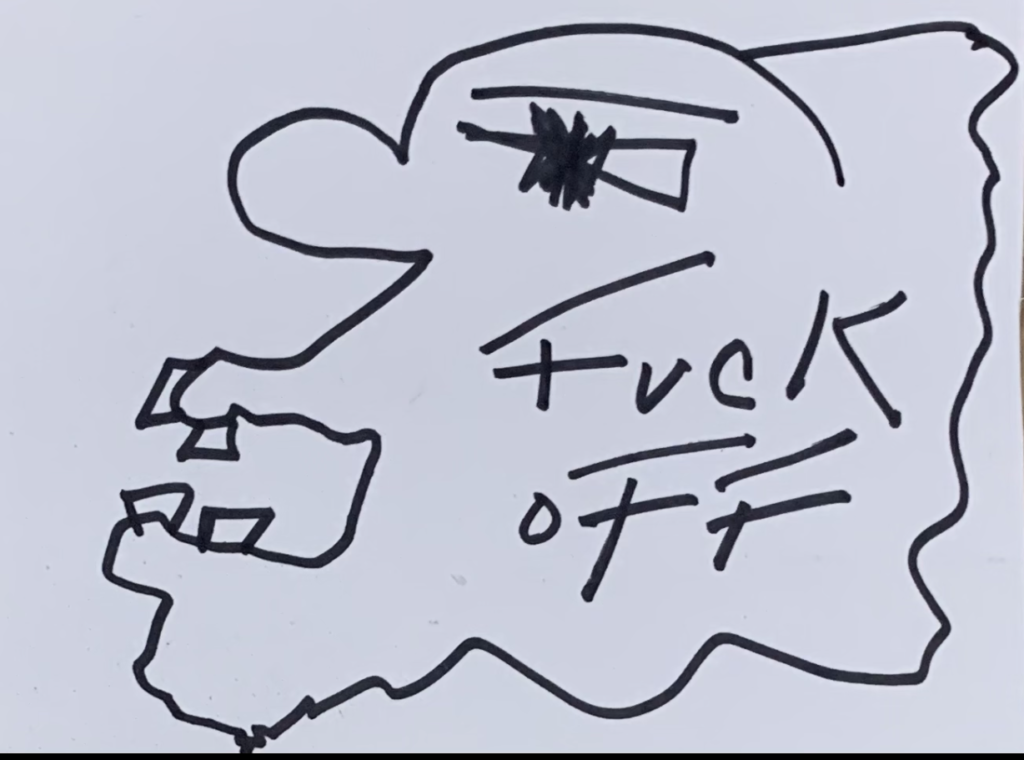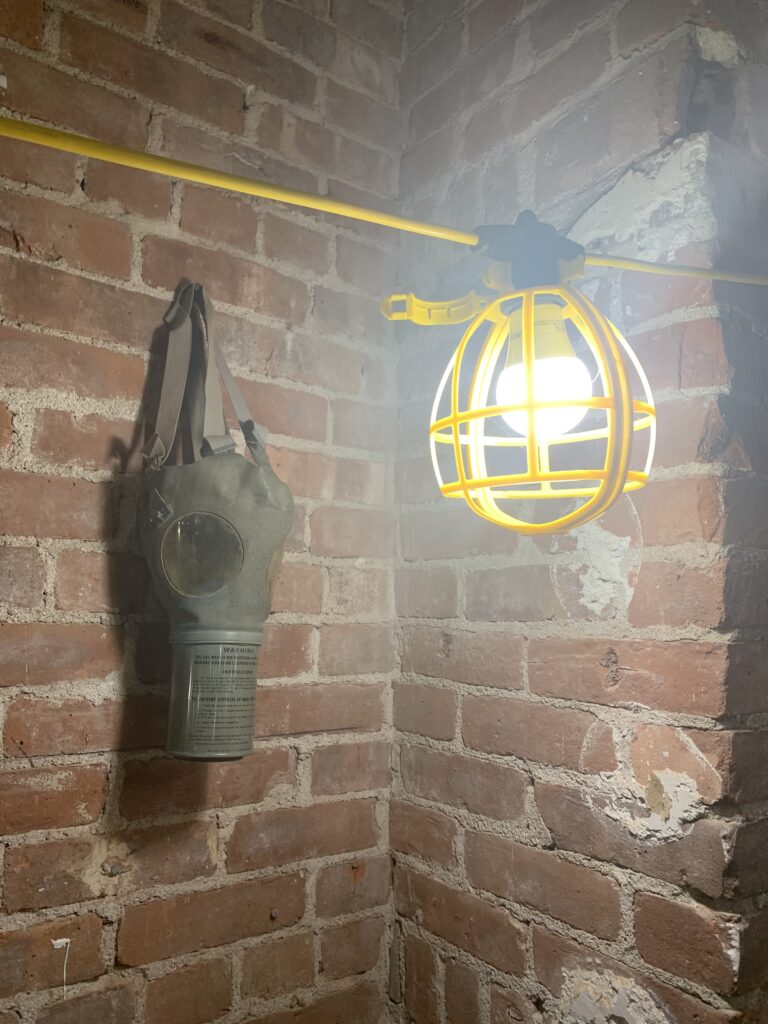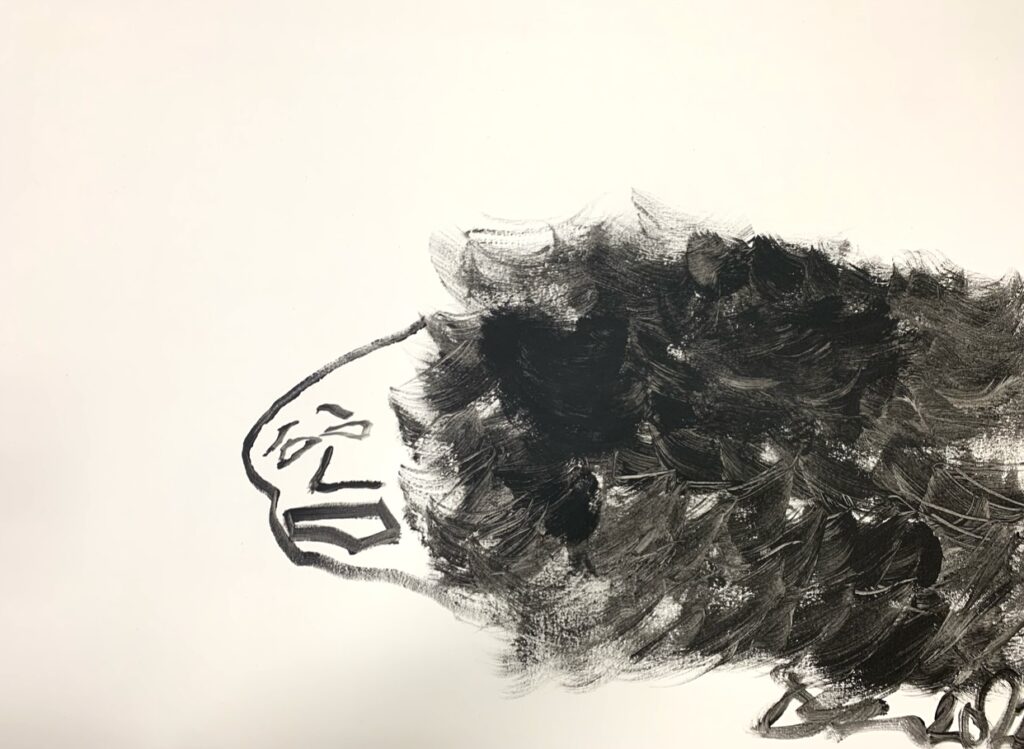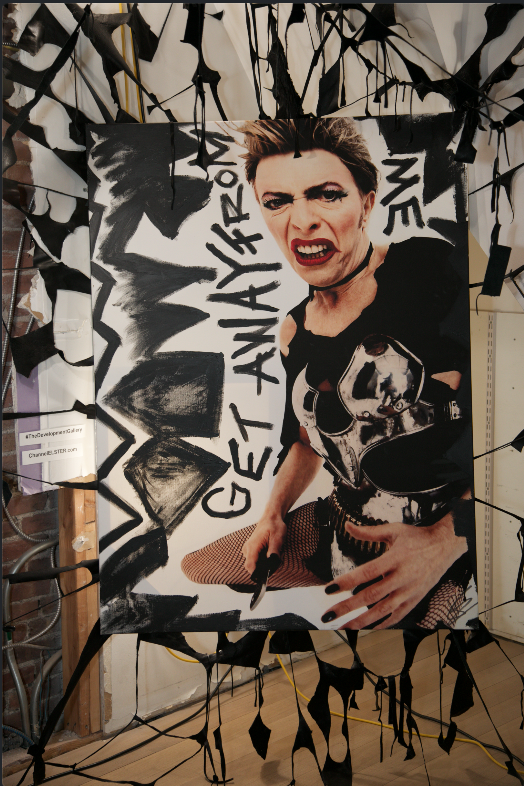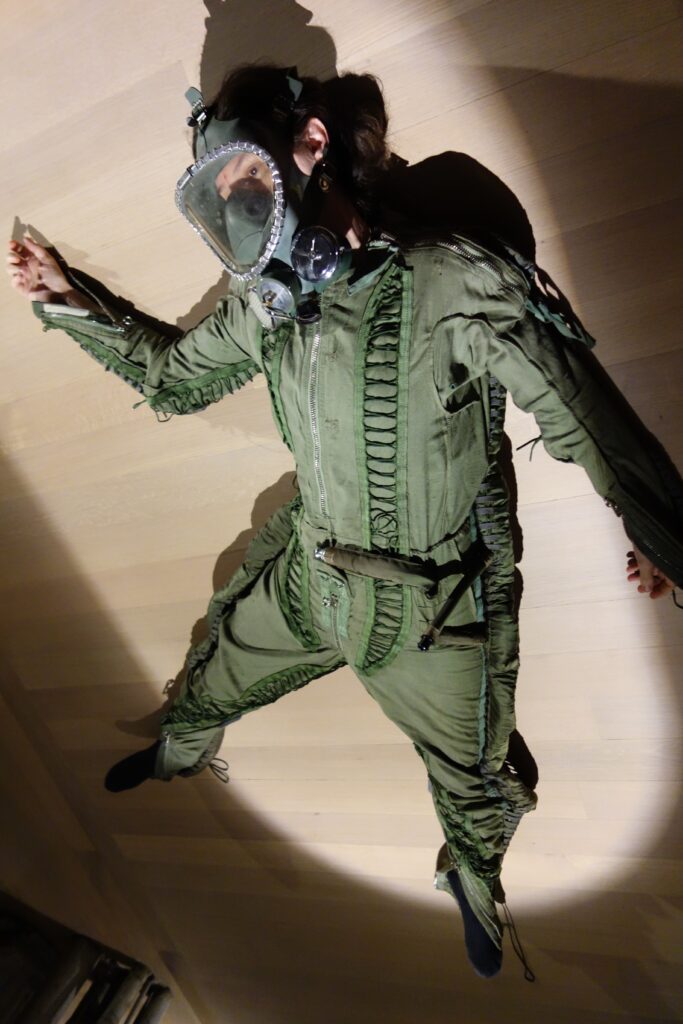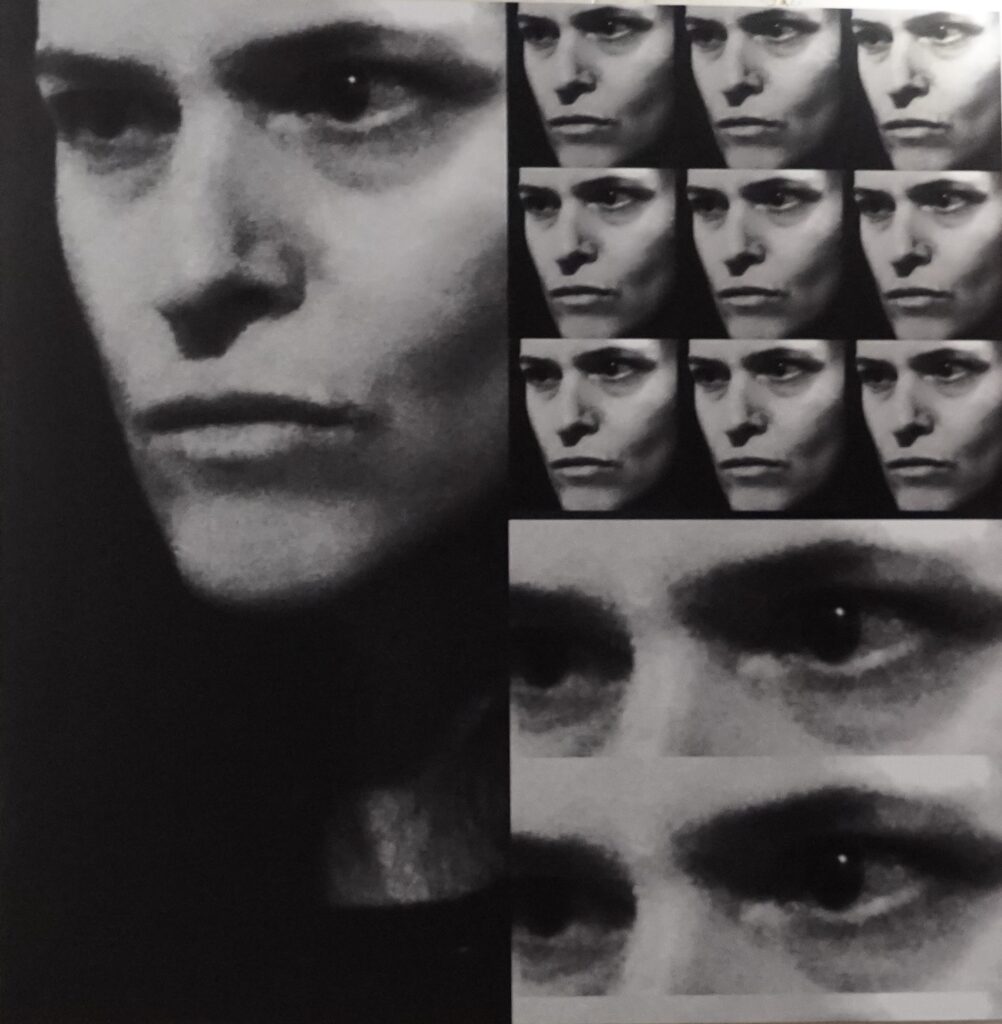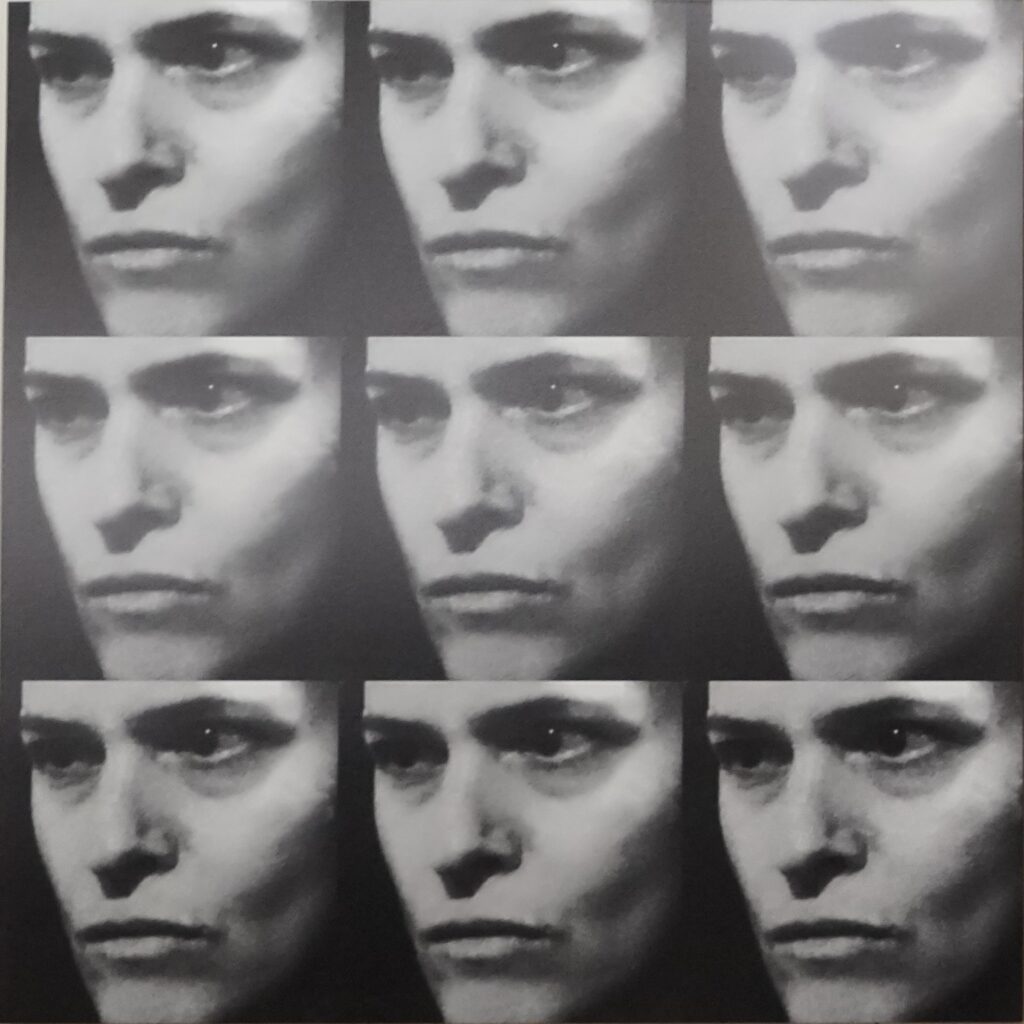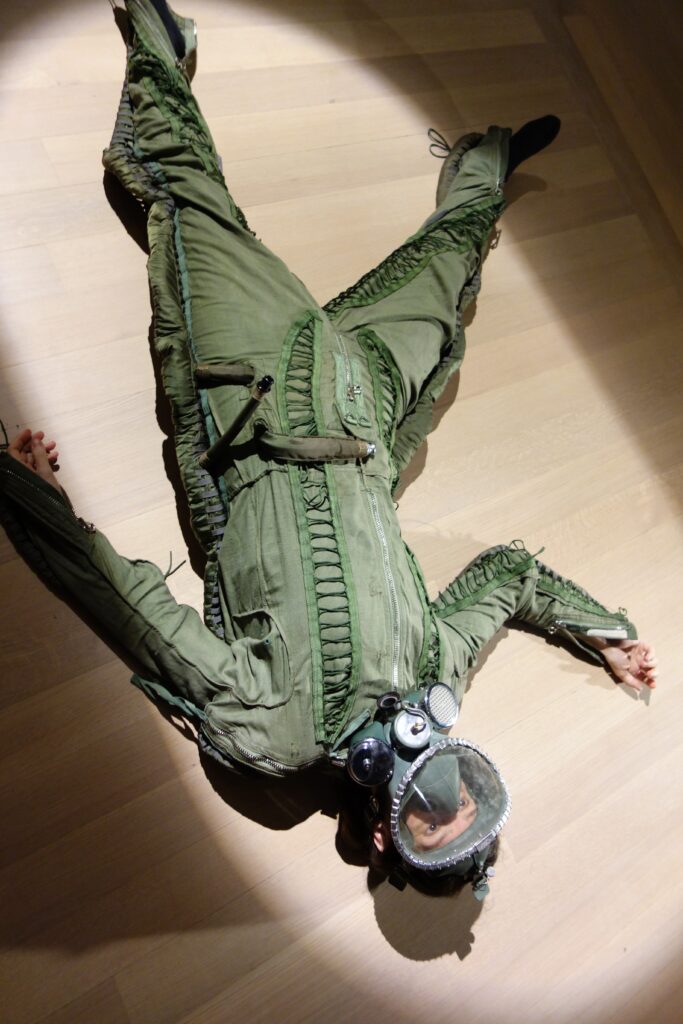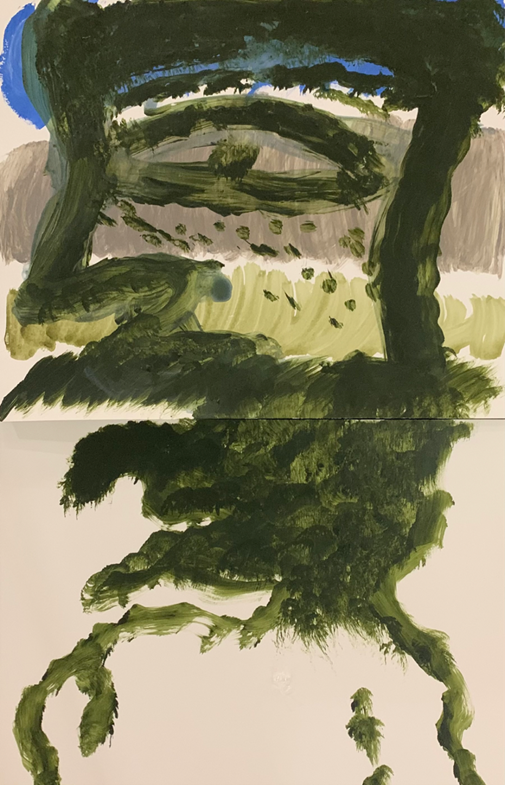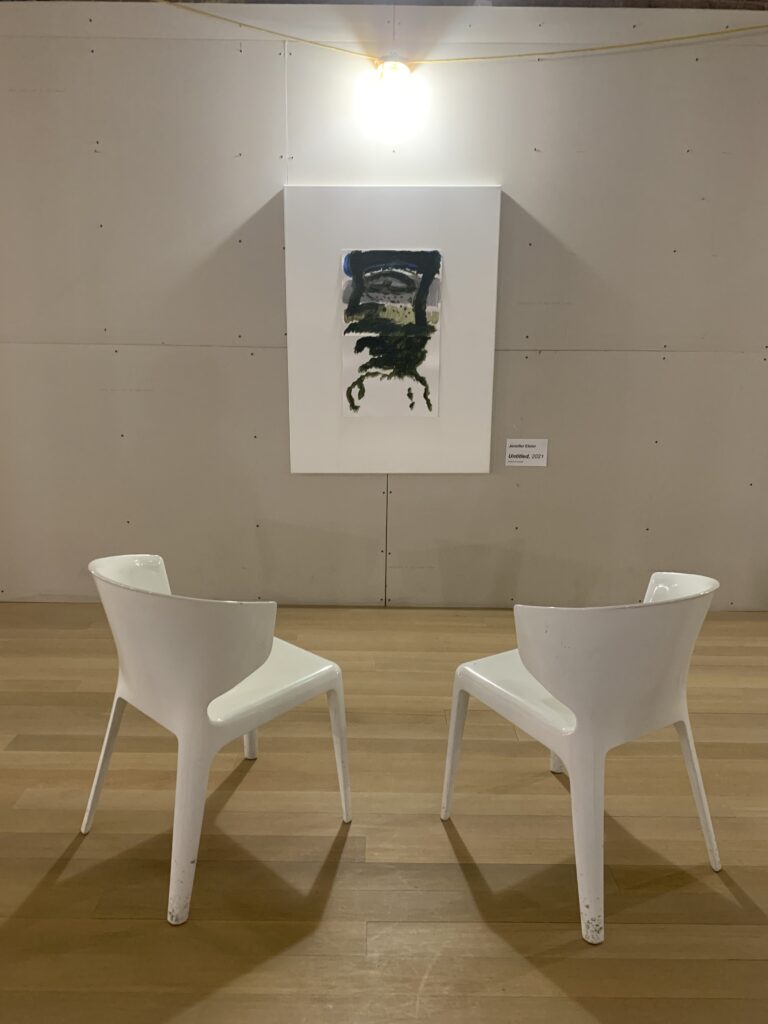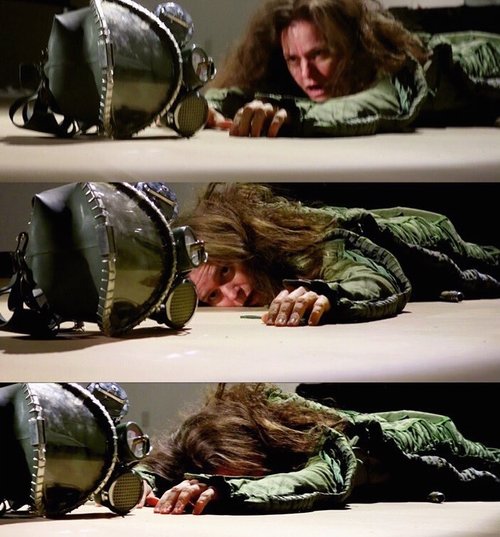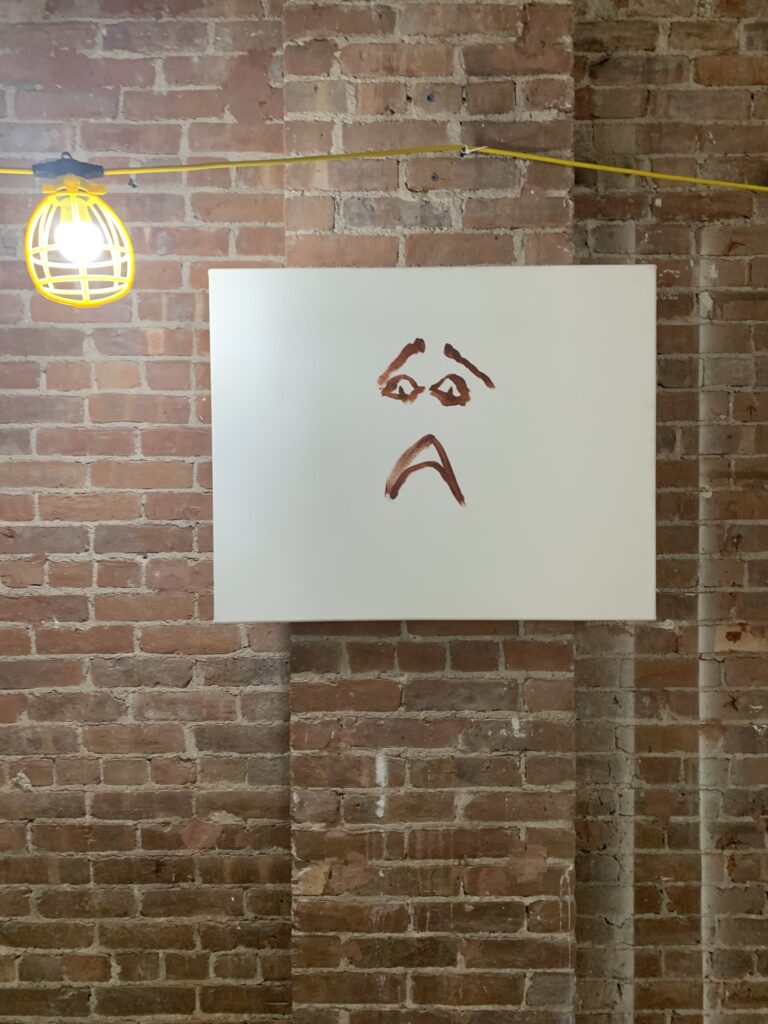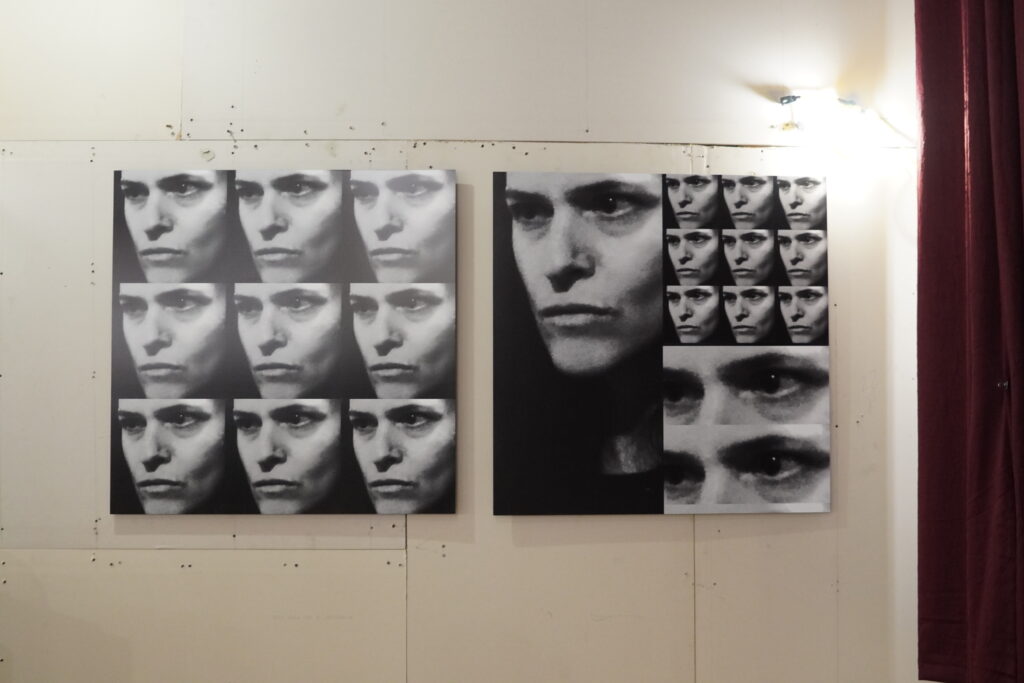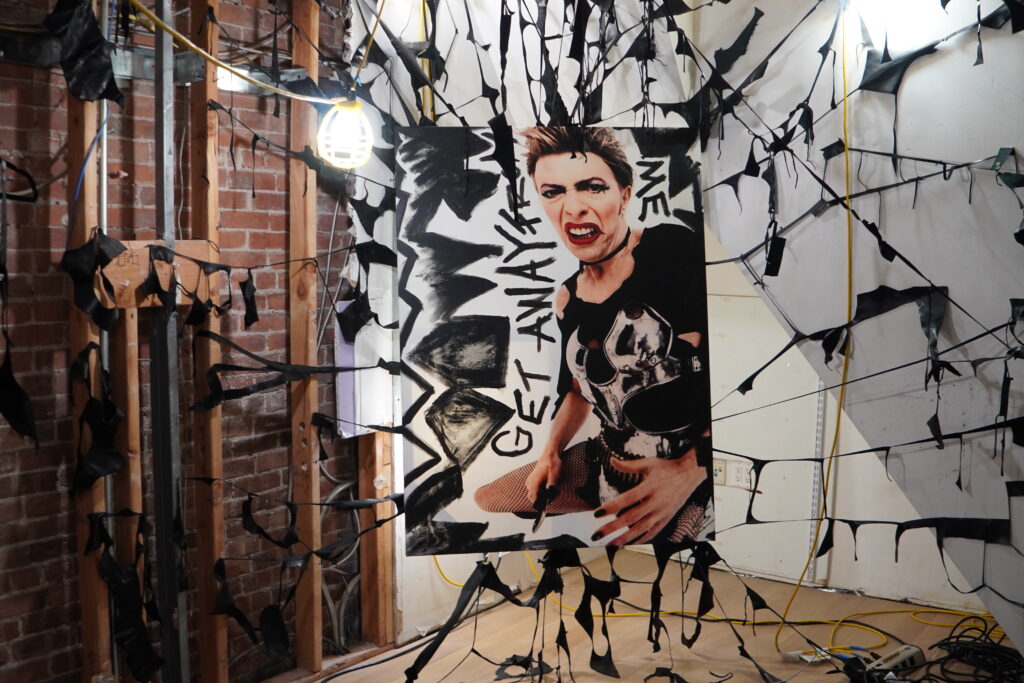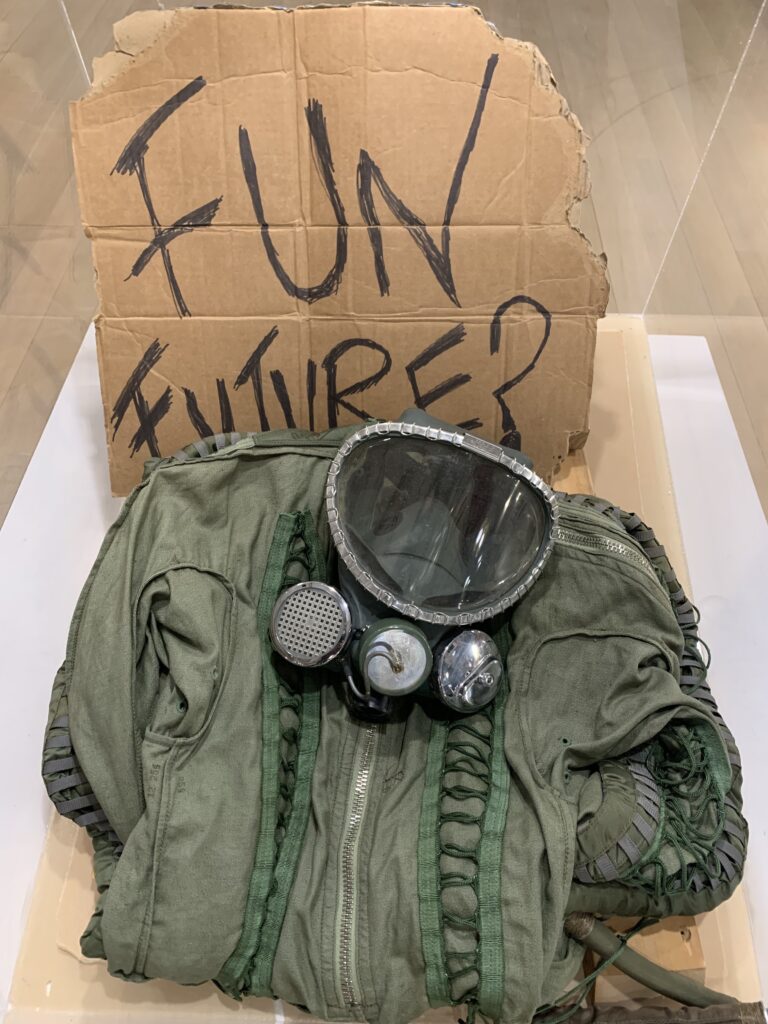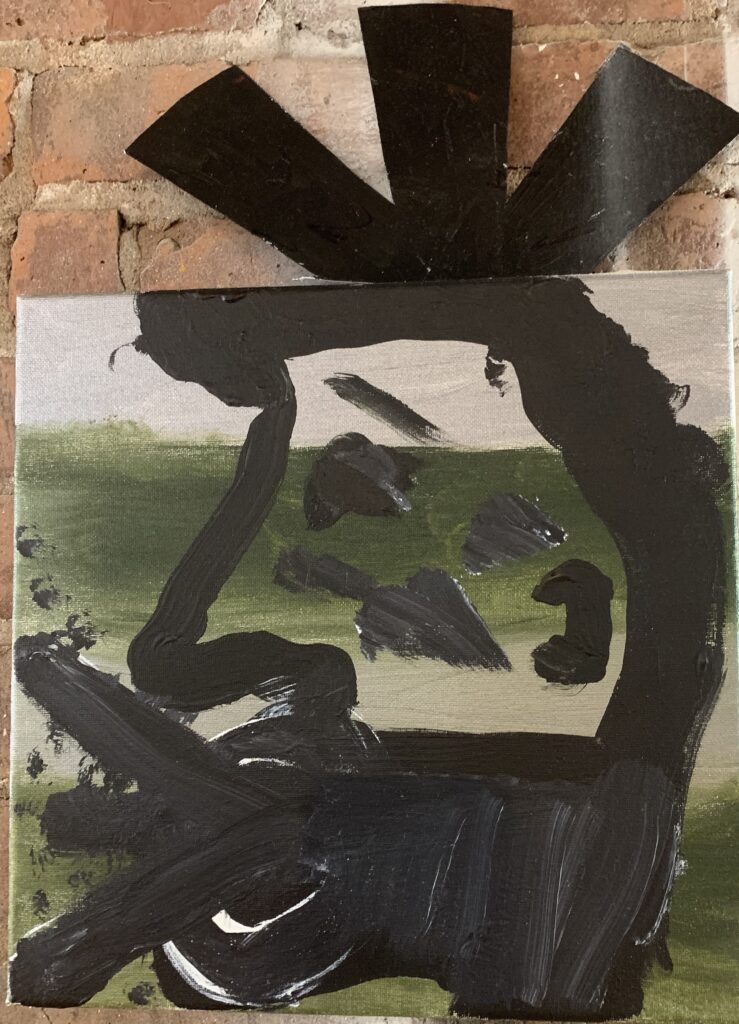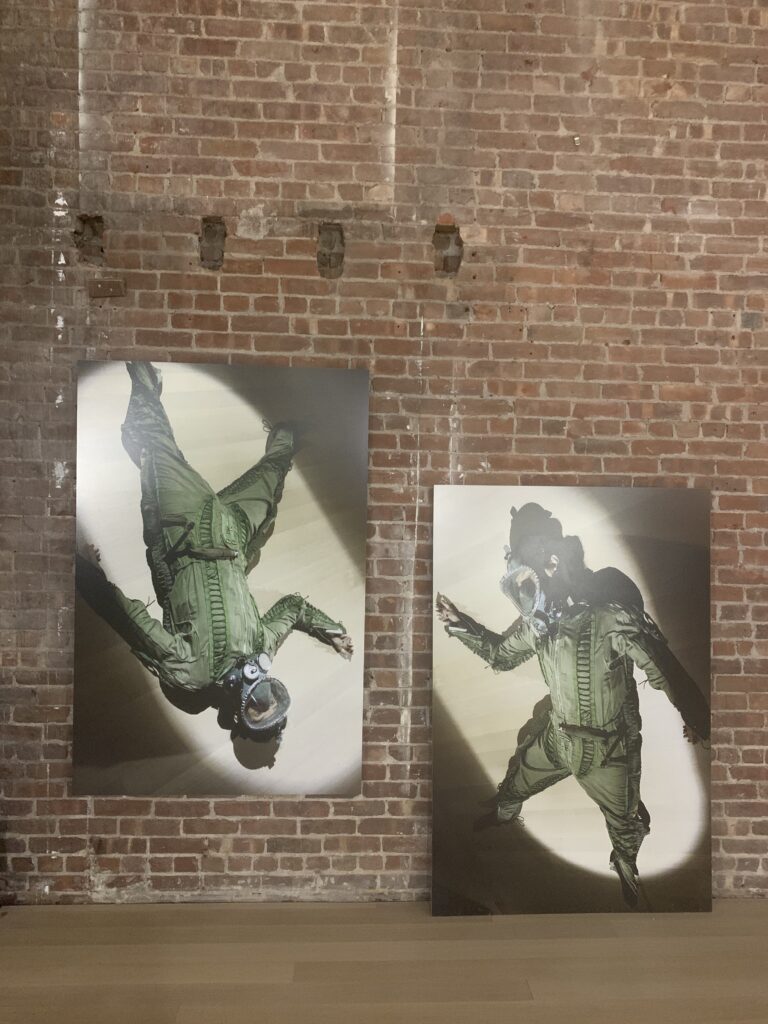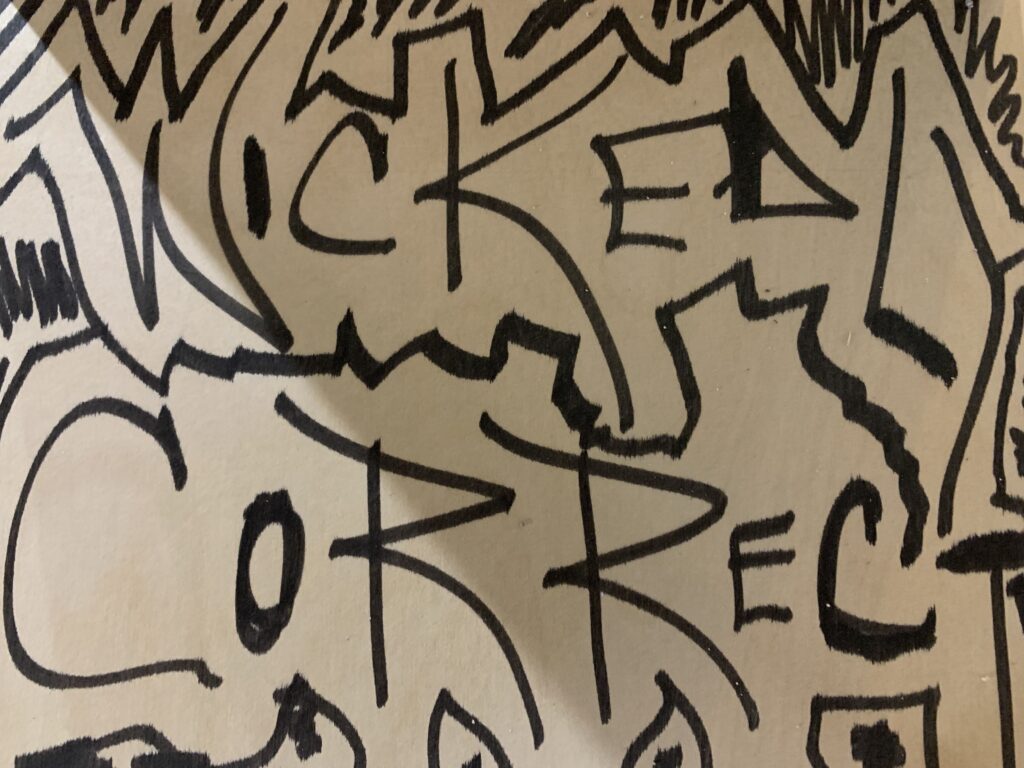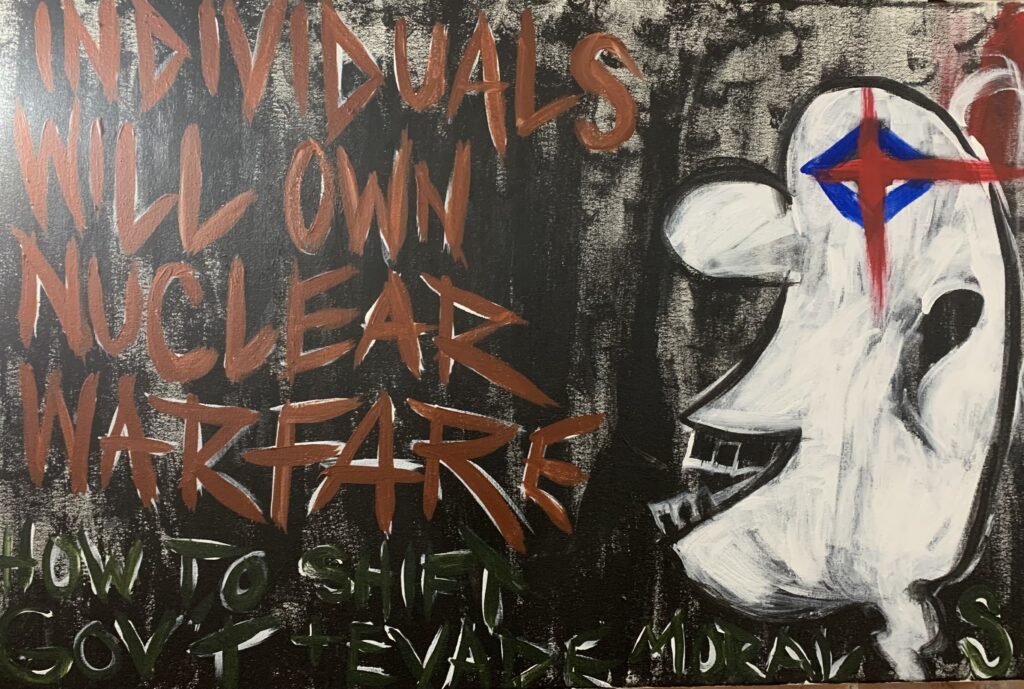Words by Victoria Bruno
“Take Heed” By Jennifer Elster @jenniferelster
At the Development Gallery in Tribeca
“It’s important to be mindful of one another and try to bring each other together because it’s kinda fucked” Jennifer Elster muses in her multi-media art exhibit, Take Heed. We stand in an open space,
surrounded by relics of uncertainty and resilience. The low hanging construction lights and the nearly audible shriek of alarm emanating from the silent collection gives a very intimate feeling akin to
stumbling upon an artist’s hidden studio.
The understanding of her position is not extreme. It’s not political. She explains the title of her show succinctly, “It’s an abandoned ‘pay attention’.. I’m telling you what’s going on, let’s go!” Jennifer takes a step back but isn’t pushing the matter. “I don’t wanna have to do that anymore, I’m tired” she explains, “It’s here!”
Take Heed was a darkly poignant, striking gallery show covering themes of poverty, the environment, the threat of nuclear war, 9/11, fear, and indifference. Even so, this show is much greater but far simpler than it’s parts. Despite it’s stark ambiance flavored with a tumultuous manic flair, “It’s open… A mirror in good lighting so it inspires you”, she explains. The show featured mediums like photography, painting, collage, and items like piles of surgical masks, gas masks, newspapers from 9/11, stacks of flat wood with a poem written on the side on every piece. Cardboard with questions like “When is it enough? When we’re dead?” and “Fun Future?” evoked an intrusive, biting tone that largely reflects the wicked inner monologue one may hear and try to avoid. Her style of paintings
varied: from minimalist faces of terror, to a scrawling abstract side portrait of a face with “Fuck off” written in it’s head, to an overwhelmingly loud, battering acrylic painting with large blue words taking
most of the frame stating “And then the rain was danger” to a contemporary side portrait of a face that was playful in color and composition but evoked an unsettling tone. Jennifer also featured a series of photography of herself vulnerable in a military jumpsuit and gas mask conveying exasperation and fatigue.
The featured piece of this exhibition, however was the David Bowie installation. Jennifer Elster styled David Bowie as his character Ramona A. Stone for his album art for “1. Outsider” in 1995. One of the pieces from the show was a blown up photo of Ramona A. Stone that was later painted on as a 25 year commemoration of the project with a surrounding web added during the pandemic. The words painted on the photo read boldly “Get away from me” while Bowie sneers intensely with an air of fragility. In regards to Ramona, Elster attests the relevancy of the character, “Ramona is a continuation of a conversation…I will always represent him in the edge and be respectful and honor his legacy of what he contributed to so
many different communities for helping them to come through their own shells.”
Dynamic additions to this show were the vintage cot and stair chair. Elster whimsically obtained them after being moved by these pieces individually. Their place in this show make them symbols of compassion and unification, and “not being afraid of being afraid and taking on the burden of what’s going on”, Jennifer explains. “We’re all responsible for sitting around
and thinking someone else will take of it…We have to resolve it. There is no one else to resolve it…If people don’t get together and congregate and say ‘we won’t tolerate this’ then we are tolerating it!” Take Heed was a robust, moving gallery exhibition with empowering themes of resilience
juxtaposed by acrimonious foreboding. It wasn’t an observation of misery rather than a cruel joke that the big joke is upon the viewer. It’s upon everyone as we are all in this together.
When asked on her intentions on this project, she states “I hope that this show a mirror that is inspiring so each one of us can become more of ourselves and contribute more because we need each other..I’m inspiring moving forward, being strong, and being positive.” This show is an evocation of tough love, concern, compassion, and hope. What can we learn from this?
Jennifer smiles, “Don’t let them scare you into a hole”
